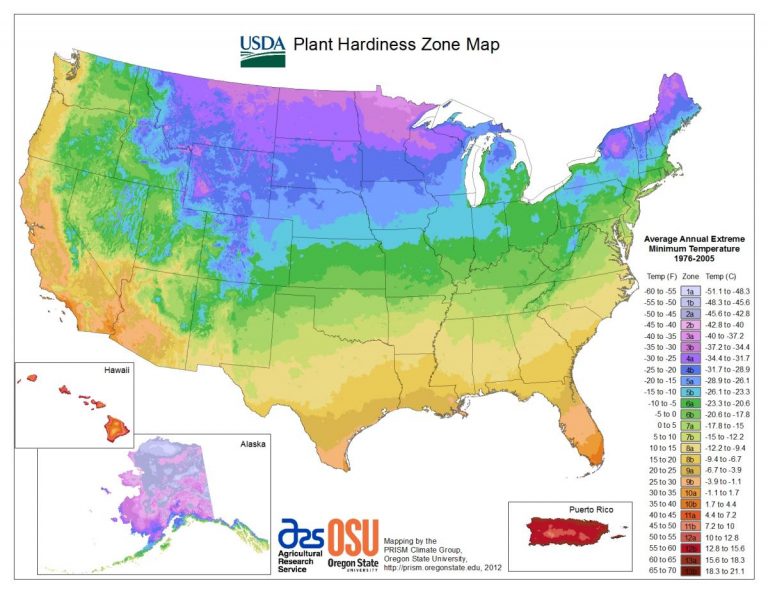

government to devote less resources to bee research The cost of colony rentals has not yet affected consumer prices for almonds, Williams said, but those costs could "eventually trickle down."

But the cost for renting bees for almond production has increased to nearly $300 per colony in some cases, Williams said, when contracts for other crops in other states run about $80 to $150 per colony, McArt said. The Golden State produces about 85% of the world's almonds, Mulica said. "We would not have almonds if it weren't for honey bees," McArt said. The first crop that may see a price increase with the decline of honey bees could be California almonds. "Really, what's at stake here is rising food costs and the ability of beekeepers to deliver healthy bees to the crops," Mulica said. This could also lead to steeper food prices, Mulica said. High bee losses year after year could lead to fewer beekeepers, and rental prices per bee colony could increase dramatically, Williams said. While Williams does not believe honey bees are under threat of extinction, if their numbers continue to dwindle they could become a much more costly commodity for farmers, he said. Environmental Protection Agency.įood prices could rise if populations continue to decrease The number of hives that survive the winter months is an overall indicator of bee health, according to the U.S. "The main take-home from this is these are unsustainably high losses," McArt said, adding that researchers are not necessarily alarmed at the numbers because they've become "a little bit accustomed to these large loss rates." The overall loss rate is around the average of what researchers and beekeepers have seen since 2006, McArt said. This past winter season represents the highest level of winter losses reported since the survey began in 2006, according to the report.įor the entire year - April 1, 2018, to Ap- the managed bee population decreased by 40.7%, according to the report. 1, 2018, and April 1, 2019, 37.7% of the managed honey bee population - colonies kept by commercial beekeepers - declined, which is 7 percentage points more than the same time frame during the 2017-2018 winter, according to preliminary data from the Bee Informed Partnership, a nonprofit associated with the University of Maryland. Some regions have seen losses of up to 90%, the publication reported.Īlexandrumagurean/Getty Images Data shows bee populations dwindling more and more each yearīetween Oct. Over the past 15 years, bee colonies have been disappearing in what is known as the "colony collapse disorder," according to National Geographic. "Honey bees are one of the most important agricultural commodities in the country," Geoff Williams, an assistant professor of entomology at Auburn University who also serves on the board of directors for the Bee Informed Partnership, told ABC News. Worldwide, honey bees and other pollinators help to produce about $170 billion in crops, Scott McArt, assistant professor of pollinator health at Cornell University, told ABC News. annually, Matthew Mulica, senior project manager at the Keystone Policy Center, a consulting company that works with the Honey Bee Health Coalition, told ABC News. Honey bees are essential for the pollination of flowers, fruits and vegetables, and support about $20 billion worth of crop production in the U.S.
#FARMING USA 2 CROPS THAT DIE AFTER WINTER HOW TO#
and how to mitigate its effects before it causes dire problems for crop management and production. Scientists are researching the potential consequences of the rapid decline of the honey bee population in the U.S.


 0 kommentar(er)
0 kommentar(er)
